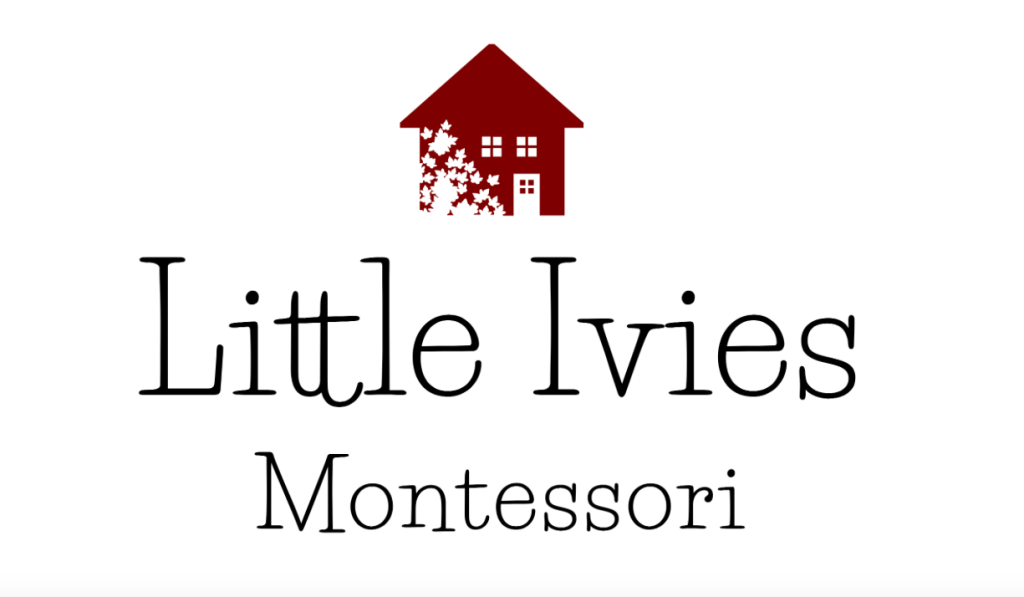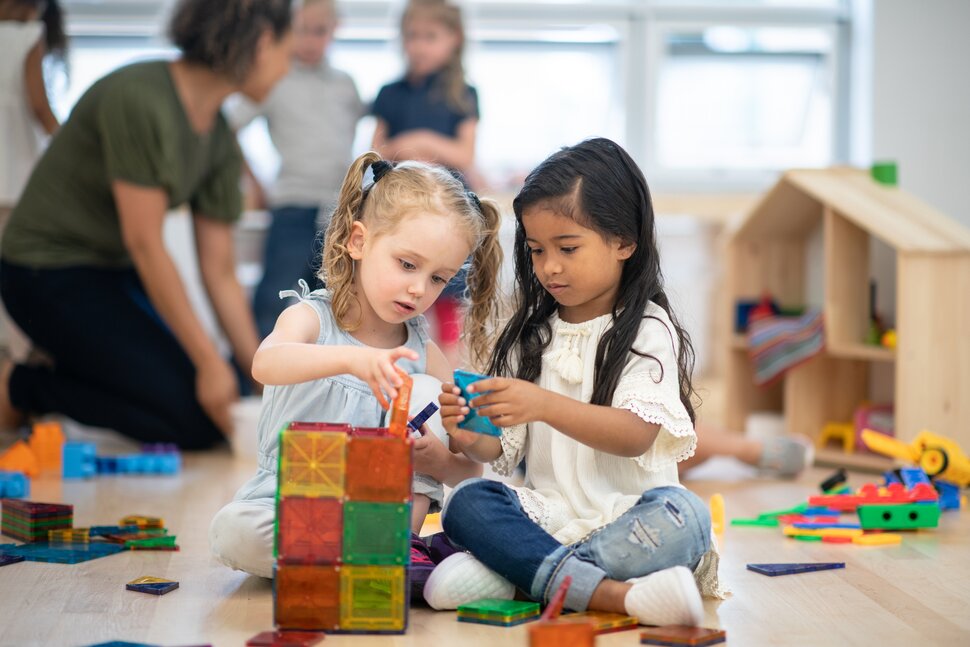Montessori education is a unique approach to learning that has gained popularity over the years. Developed by Dr. Maria Montessori in the early 1900s, this educational philosophy emphasizes independence, self-directed learning, and hands-on exploration.
While many parents choose to enroll their children in Montessori schools, it is also possible to incorporate Montessori principles into your home environment. In this article, we will explore the basics of Montessori at home and provide practical tips for parents who want to implement this approach.
What is Montessori Education?
Before we dive into Montessori at home, let’s first look at the basics of Montessori education. At its core, Montessori education is child-centered and emphasizes the importance of hands-on exploration and self-directed learning.
In a Montessori classroom, children can choose their activities and work independently. The classroom is set up to encourage independence and exploration, with materials and activities designed to appeal to a child’s natural curiosity and desire to learn.
A Montessori classroom also focuses on practical life skills, such as cleaning, cooking, and caring for plants and animals. Montessori education aims to help children develop a love of learning and a sense of independence and self-confidence that will serve them well throughout their lives.
What is Montessori at Home?
Montessori at home refers to the practice of implementing Montessori principles and activities in the home environment. The Montessori method of education, developed by Maria Montessori in the early 20th century, emphasizes child-led learning, independence, and hands-on exploration. Montessori at home allows parents to create a learning environment that encourages these same principles in their children. Montessori at home can take many forms, from creating a Montessori-inspired playroom or bedroom, to incorporating Montessori materials and activities into daily routines. The goal is to create a child-friendly environment that fosters independence, creativity, and a love of learning. Parents can start by creating a designated space for their child to play and learn. This can include a child-sized table and chairs, shelves with Montessori materials, and open space for movement and exploration. Montessori materials, such as wooden puzzles, sensory bins, and art supplies, can be rotated regularly to keep the environment fresh and engaging for the child.
Method to have Montessori at home
Now that we have a basic understanding of Montessori education let’s explore how parents can incorporate Montessori at home.
Create a Prepared Environment: One of the key principles of Montessori education is the importance of a prepared environment. In a Montessori classroom, the environment is carefully designed to encourage exploration and independence, with materials that are accessible and appealing to children.
You can create a similar environment at home by setting up a designated learning space for your child. This space should be free of distractions and clutter and include materials and activities appropriate for your child’s age and developmental level.
Encourage Independence: Another important aspect of Montessori education is the emphasis on independence. In a Montessori classroom, children are encouraged to do things for themselves, such as pouring water, preparing snacks, and cleaning up after themselves.
At Montessori, at home, you can encourage independence by giving your child age-appropriate tasks and responsibilities, such as helping with meal preparation or cleaning up their toys. Giving your child the time and space to work on tasks independently, without interference or interruptions, is also important.
Use Montessori Materials: Montessori education emphasizes the importance of hands-on learning and exploration. In a Montessori classroom, materials and activities are designed to appeal to a child’s natural curiosity and desire to learn.
You can incorporate Montessori at home by investing in age-appropriate materials, such as wooden blocks, puzzles, and sensory bins. These materials should be open-ended and allow for exploration and experimentation.
Focus on Practical Life Skills: Practical life skills are important to Montessori education. In a Montessori classroom, children are taught how to care for themselves and their environment by washing dishes, folding laundry, and caring for plants.
You can encourage practical life skills at home by involving your child in everyday tasks, such as setting the table, watering plants, or sorting laundry. These activities help children develop a sense of responsibility and independence and provide hands-on learning opportunities.
Montessori home environment
A Montessori home environment is a carefully crafted space designed to promote independence, creativity, and learning for children. This type of environment should be child-friendly and include child-sized furniture, open space, Montessori materials, and a focus on order and organization. The use of natural materials is also emphasized in Montessori at home environments, promoting a sense of calm and serenity for the child. The ultimate goal of a Montessori home environment is to create a space that fosters a love of learning and encourages children to explore and discover the world around them independently.
Montessori at home curriculum
Montessori at home curriculum focuses on hands-on learning experiences that promote independence, creativity, and critical thinking skills. The curriculum is designed to provide children with a solid foundation in early childhood education, while also promoting a love of learning. It includes activities that are developmentally appropriate for the child’s age, and materials that are specifically designed to support the child’s cognitive, physical, and emotional development. The Montessori at home curriculum emphasizes practical life skills, such as self-care and household tasks, as well as sensorial activities, language development, and math concepts. The curriculum is flexible and can be adapted to meet the needs and interests of individual children, allowing for personalized learning experiences. Overall, Montessori at home curriculum provides a holistic approach to early childhood education that encourages children to become independent, confident learners who are excited to explore and discover the world around them.
Conclusion
In conclusion, Montessori at home can be a rewarding and effective way to support your child’s learning and development. You can provide a rich and engaging learning environment by creating a prepared environment, encouraging independence and self-directed learning, using Montessori materials, focusing on practical life skills, and tailoring your approach to your child’s age and developmental level.
FAQs
How to do Montessori at home?
To do Montessori at home, create a child-friendly, organized environment with child-sized furniture, Montessori materials, and a focus on hands-on learning experiences.
Is Montessori at home effective?
Yes, Montessori at home can be effective when done properly.
At what age can I start Montessori at home?
Montessori at home can start as early as infancy, with age-appropriate activities and materials.
How can I make my home more Montessori?
To make your home more Montessori, focus on creating a child-friendly, organized space with child-sized furniture, Montessori at home requires some of the materials, and opportunities for hands-on learning experiences.

